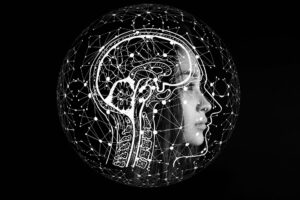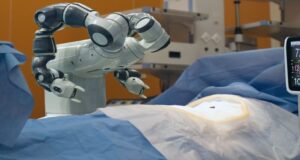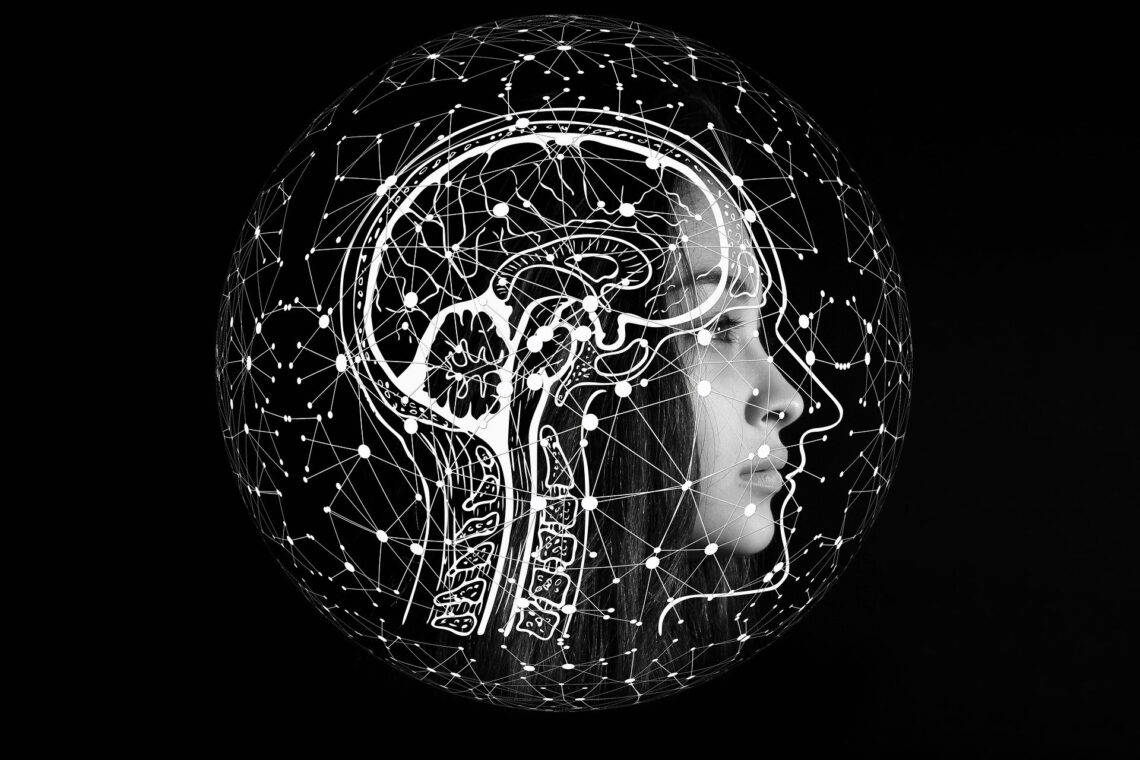 Welcome to a new blog series on one of the most exciting and talk-about technologies globally – Artificial Intelligence (AI). We took a deep dive into what Industry 4.0 entails in our previous series, and now, we shall take a closer look at all the underlying technologies one by one, starting with AI. Read on to know what AI stands for, its various applications in the industry, and the three major types of AI.
Welcome to a new blog series on one of the most exciting and talk-about technologies globally – Artificial Intelligence (AI). We took a deep dive into what Industry 4.0 entails in our previous series, and now, we shall take a closer look at all the underlying technologies one by one, starting with AI. Read on to know what AI stands for, its various applications in the industry, and the three major types of AI.
What does Artificial Intelligence stand for?
It is, essentially, a vast branch of computer science that concerns building smart machines that can perform tasks that typically need human intelligence. The primary purpose of AI is to learn, reason, and then perform a task or solve a problem independently. Coined in 1956, Artificial Intelligence has become a lot more popular today because of advanced algorithms, increased data volume, and improvements in computing storage and power.
What are the major industrial applications of AI?
We are well acquainted with voice-based digital assistants such as Siri, Alexa, etc., and digital content applications such as Netflix and Spotify giving us personalized recommendations based on our watch history. You might be surprised to know that all of these features are possible because of AI. It scans and understands our usage continuously and continually improves the service such apps provide to us.
Similarly, in the industry spectrum, AI gets embedded into existing services and products to make them more reliable, safer, efficient, and useful. Let’s take a look at how different industries are utilizing AI to develop better products and services:
- The automotive sector uses AI in self-driving cars. It uses computer vision to avoid accidents and helps vehicles stay in lane, potentially leading to safer roads.
- In factories, AI is employed to support critical industrial equipment’s predictive maintenance, which can accurately predict asset malfunction. It helps
 the management take timely measures to restore the equipment and prevent costly unplanned downtime.
the management take timely measures to restore the equipment and prevent costly unplanned downtime. - The medical sector uses AI via robotics, where AI-powered bots help with the surgery, which includes heart, thoracic and colorectal. These bots assist the surgeon with higher accuracy and low risk of infection and prevent more blood loss and pain, making recoveries quicker.
What makes AI more advantageous than traditional alternatives?
Reduction in Human Error:
With AI, the decisions are taken based on previously gathered data applying a particular set of algorithms. So, errors are minimized, and the degree of accuracy is increased.
24X7 availability for work:
Humans, on average, can deliver productive work for around 6 hours a day. They require refreshments and breaks while working as well. All such time and the remuneration paid can be reduced by replacing them with AI. AI needs no stoppages and can work endlessly for you, leading to a dramatic increase in productivity.
Replacement of repetitive jobs:
A worker performs a lot of repetitive, mundane tasks and takes up a lot of time. Automating these tasks with AI’s help shall save time and costs for businesses and free the workers to be more productive and perform higher-value tasks.
Faster Decisions:
A human analyzes several factors, both emotionally and practically, before deciding on some problem. Such analysis takes a considerable amount of time and effort and may also be prone to errors and misjudgment. AI-powered machines can deliver the same decisions in a fraction of a second, and because they are data-driven, the degree of accuracy will be significantly higher.
Markets have started realizing the benefits of AI, and the demand for this technology has increased with the incorporation of AI into businesses. Market Intelligence firm IDC predicted that the worldwide spending on cognitive and Artificial Intelligence systems would reach $77.6B by 2022. AI is impacting a wide variety of sectors but are we ready for a more intelligent machine than a human brain? That is the real question.
At Yantra, we remain committed to incorporating the latest technologies to deliver excellent products to our customers. Our R&D team works continuously and hard on imbibing the benefits of AI into our AGVs. Stay tuned to our Knowledge Corner as we next look at how AI works and its different types.



